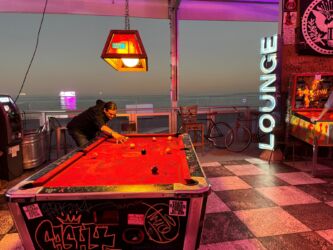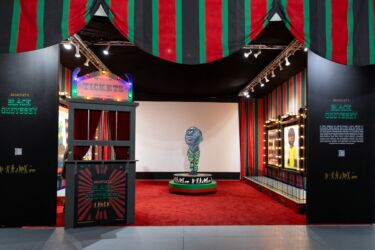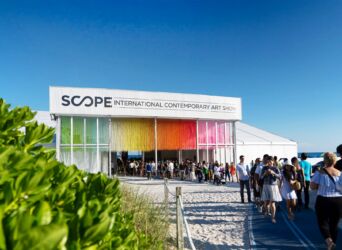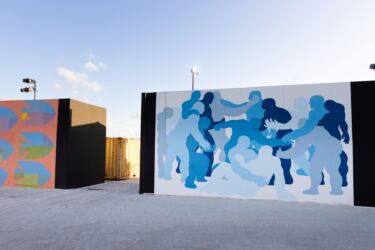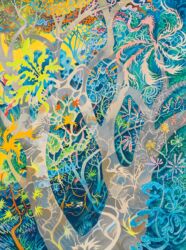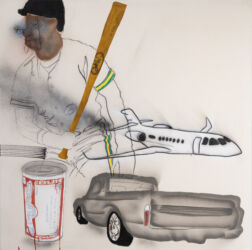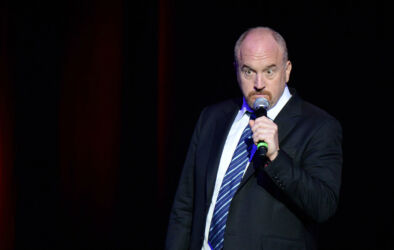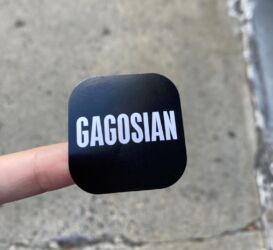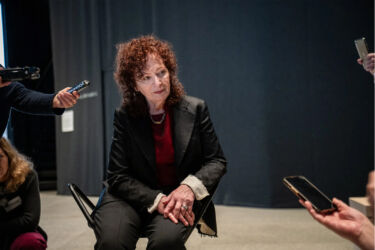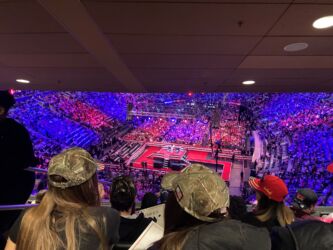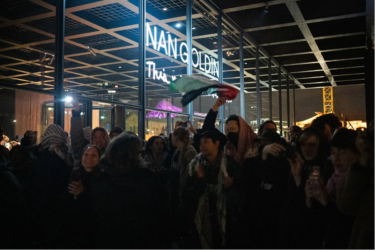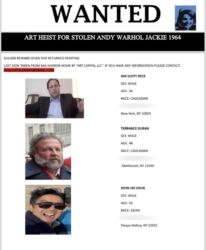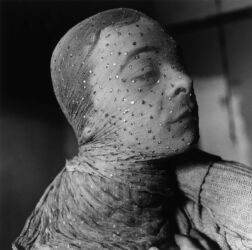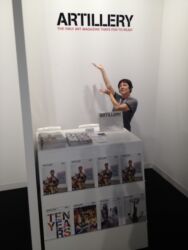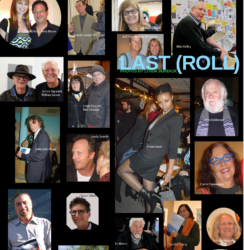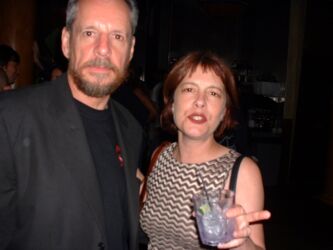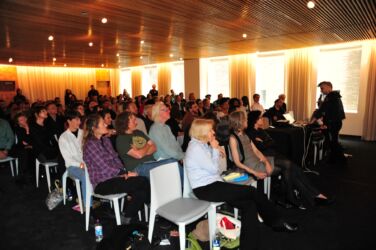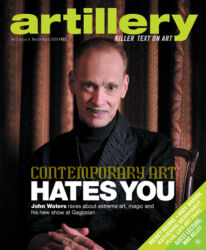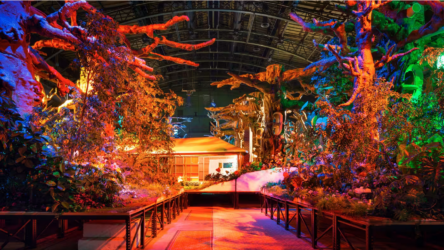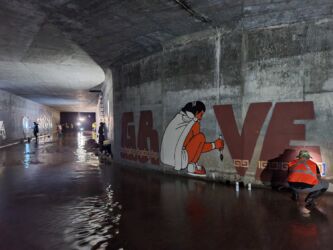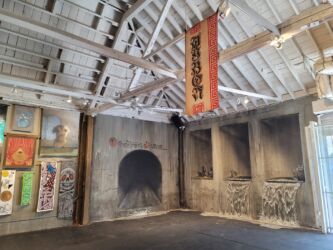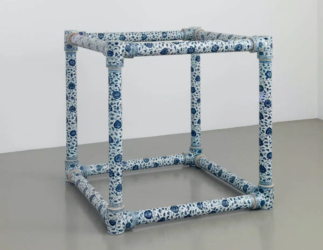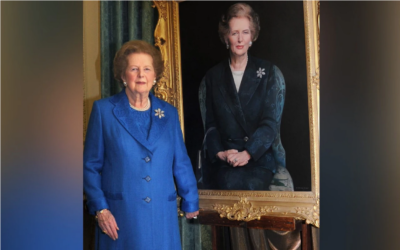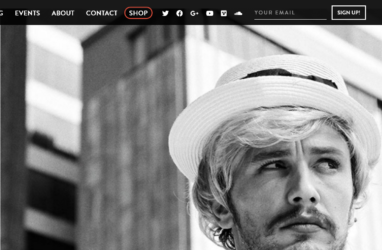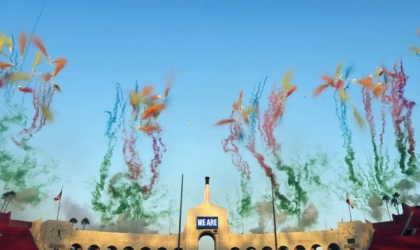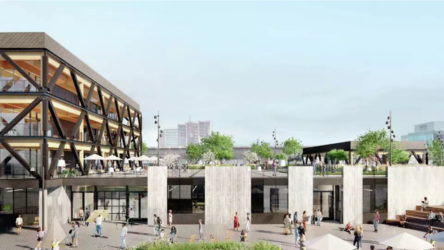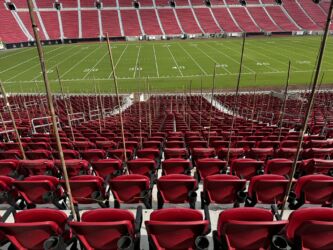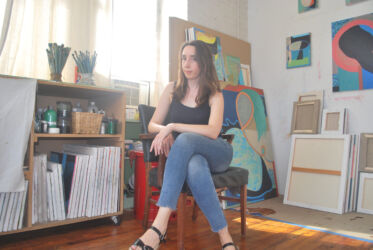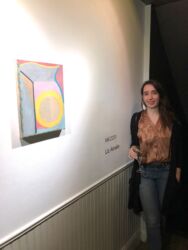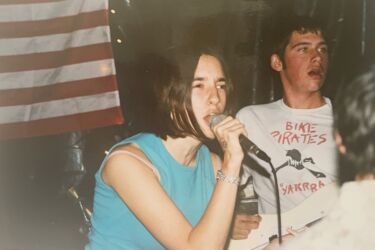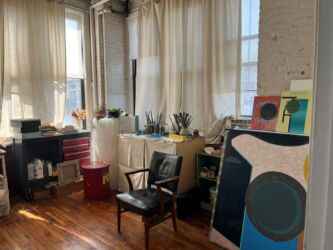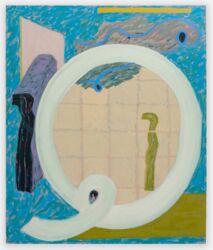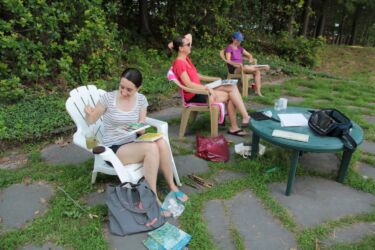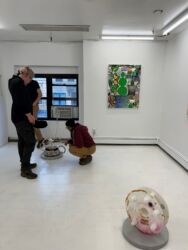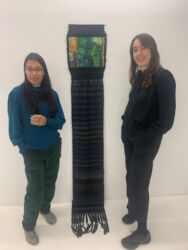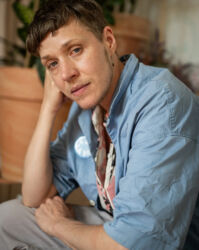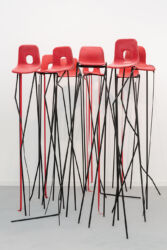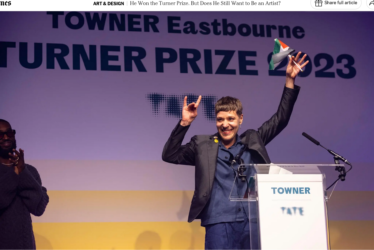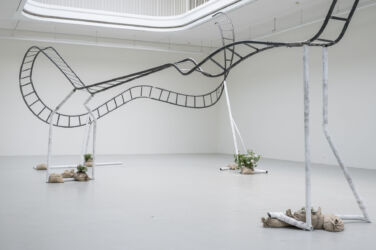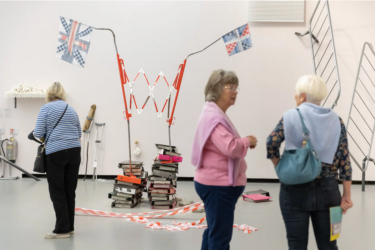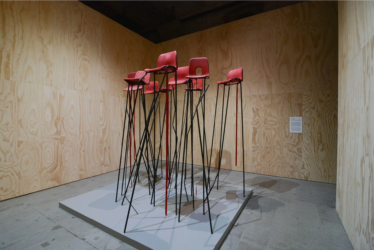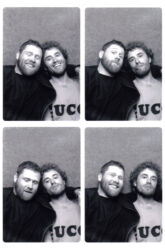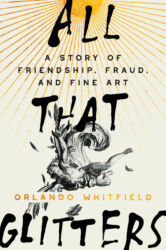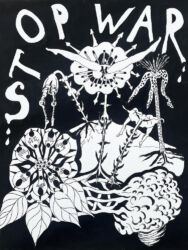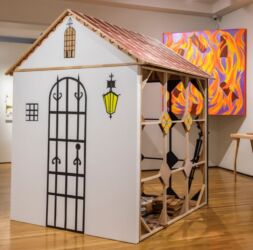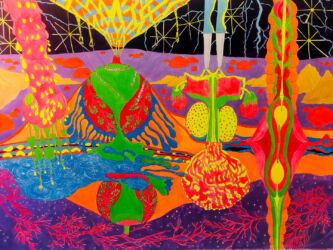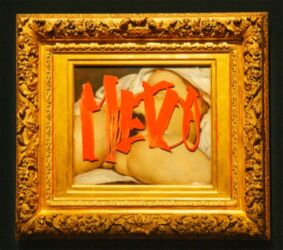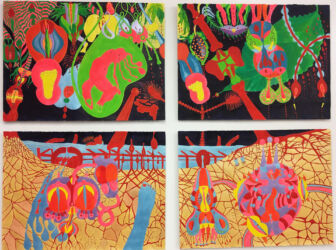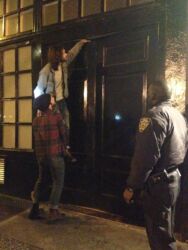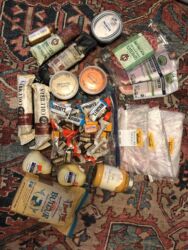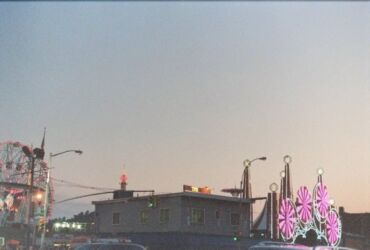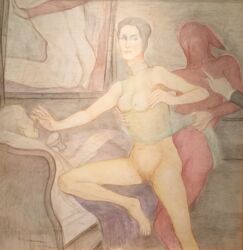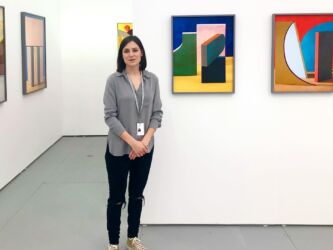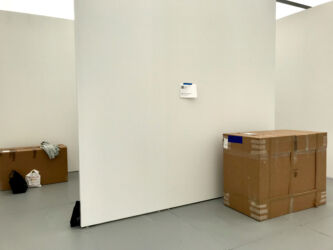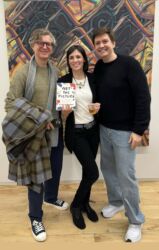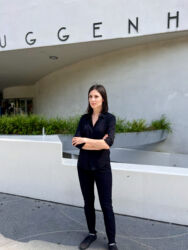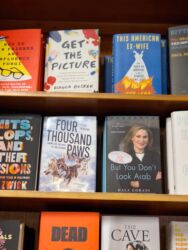Founder of the SCOPE Art Show, Alexis Hubshman talks about everything from its size (approx. 300,000 sq ft of exhibition space), to the number of galleries exhibited (95 from 27 countries) to how he makes the fair run smoothly; his support of new and emerging galleries, giving many of them rent-free booths, subsidized by their corporate sponsor partnerships; how he sees the accessibility of the art at SCOPE as a form of open-source experience, emphasizing being welcoming to visitors; how and why they’ve taken more nouveau-pop sensibilities out of the exhibition equation; he breaks down SCOPE’s Miami week as catering to: high-end collectors and museum curators on Tues. and Wed., Thurs. into Friday are for “culture shifters,” while Saturday and Sunday are a ‘come one, come all’ scenario; how when he got sober 15 years ago, he decided to limit SCOPE’s enterprise to SCOPE Miami (no more Basel, London, Hampton, L.A.), to both focus the work and to allow for his quality of life; how he’s able to attend the other fairs happening simultaneously in Miami, which he credits to his great team; the shift in the industry towards sobriety between the 90s/2000s to now, even showing more of a yoga-and-sound-bowls kind of morning these days for his team; and how bullish he feels (was feeling) going into the fairs, Scope specifically, based on the election, the location, the market generally and other intangibles.
In the second half of our conversation, which is available to Patreon supporters, Alexis also talks about- Rare, the gallery he ran in the late ‘90s-early 2000s, and his transition to SCOPE via NADA; how he felt SCOPE was a black sheep, especially early on – for not being part of the cool kids, etc. – but has embraced that role now as a fair that gets to take chances; his identity and his applications as an artist, including everything from his artistic decisions in directing the fair to painting privately in the studio (he had a big influence on two pieces in the New Contemporary section of 2024’s SCOPE), and how he’s happy to paint, en plein air or otherwise, in private.
This podcast relies on listener support; please consider becoming a Patreon supporter of the podcast, for as little as $1/month, here: https://www.patreon.com/theconversationpod

